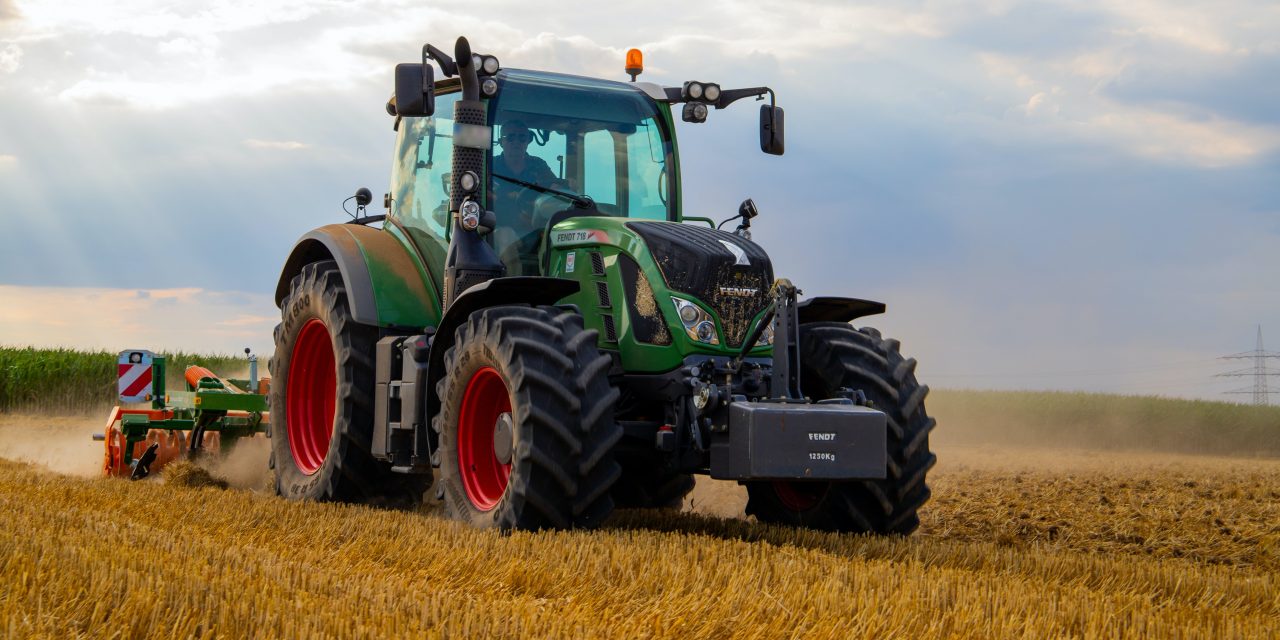The way of life for humans has changed dramatically over the course of history. Technological innovations have created new ways to do business, live, and grow food. The agricultural industry is no exception to this change. For example, in the 1920s most farms were small-scale family operations with a limited variety of crops or livestock (mostly cattle). In the United States, less than 20 percent of the workforce was employed in agriculture.
However, a series of technological advances during the last century has transformed the agricultural industry into a complex, high-tech business. This article will explore how technology has changed agriculture and what effect this has had on farmers and consumers.
1. Machines have replaced muscle power
Historically, agriculture has been a very labor-intensive endeavor. Farmers and their families would spend long hours working in the fields to plant, grow, and harvest crops. They would also have to care for livestock by hand. This all changed with the invention of various machines that could do the work of many people in a fraction of the time.
For example, combine harvesters can harvest a field of grain in a matter of hours instead of days. Tractors can plow, plant, and harvest fields much faster than people can. There are farming drones designed to spray plants safely and effectively. And milking machines have replaced the need to milk cows by hand. As a result of these labor-saving devices, the agricultural workforce has shrunk dramatically. In the United States, it is now less than 2 percent.
2. New methods of crop production
In the past, farmers mostly relied on traditional methods of crop production, such as planting seeds in the ground and waiting for them to grow. However, new technology has given rise to more efficient and effective ways of producing crops.
For instance, hydroponics is a method of growing plants in water instead of soil. This allows farmers to grow crops in places where the soil is not suitable for agriculture, such as deserts. In addition, farmers can now use genetic engineering to modify the DNA of crops to make them more resistant to pests and diseases. As a result, crops are less likely to fail, and yields are higher.
3. New methods of livestock production
The traditional method of raising livestock was to let them roam free and graze on grass. However, this is no longer the most efficient or effective way to produce meat, milk, and eggs. Today, many farmers confine their animals to small spaces and feed them a diet of grains and other commercial food products. This method, known as factory farming, allows farmers to produce more meat, milk, and eggs in a shorter amount of time. However, it has also been criticized for its inhumane treatment of animals.
4. Technology has made agriculture more efficient
The use of technology has made agriculture more efficient in many ways. For example, GPS systems can be used to map out fields and track the progress of crops. Sensors can be used to monitor soil moisture levels, so farmers know when to water their plants. Weather forecasting tools can help farmers predict droughts, floods, and other weather events that could damage their crops.
5. Technology has made agriculture more vulnerable to cyberattacks
The increased use of technology in agriculture has also made it more vulnerable to cyberattacks. For example, in 2017, a ransomware attack called WannaCry crippled the UK’s National Health Service by encrypting data and demanding a ransom. The attack also affected some agricultural businesses, including a chicken farm in Northern England. This showed that even though technology can make agriculture more efficient, it also comes with a few risks that allow criminals to exploit vulnerability of farmers.
6. Technology has made farmers more reliant on corporations
The increased use of technology in agriculture has made farmers more reliant on corporations that produce and sell these technologies. For example, Monsanto is a corporation that sells genetically modified seeds, herbicides, and other agricultural products. Because farmers need these products to be successful, Monsanto has a lot of power over them. This has led to concerns about the corporatization of agriculture and the loss of farmer autonomy.
7. Technology has made agriculture more environmentally sustainable
The use of technology has also helped make agriculture more environmentally sustainable. For example, precision farming is a type of agriculture that uses technology to minimize environmental impact. Farmers who practice precision farming use GPS systems and sensors to carefully monitor and manage their crops. This helps them use fewer chemicals and less water, which reduces pollution and conserves resources.
Agriculture has come a long way since the days of traditional farming. From hydroponics to genetic engineering, there are many ways that technology is changing agriculture for the better! However, as with all things in life, it comes with its risks and consequences. The increased reliance on corporations can lead to farmers feeling powerless over their own work. In addition, the use of technology has made agriculture more vulnerable to cyberattacks. But despite these risks, technology has also made agriculture more efficient and sustainable. So it seems that, on balance, the positives outweigh the negatives when it comes to how technology is changing agriculture.

















